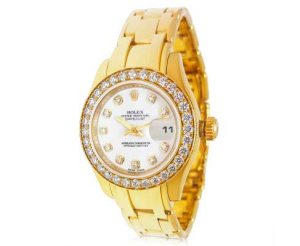Clipping Path vs Image Masking: What’s Right for Your Product?
In the world of product photography and eCommerce, image editing plays a crucial role in how your product is perceived online. Two of the most common techniques used for background removal and image refinement are clipping path and image masking. While both serve a similar purpose, they work differently—and choosing the right one can significantly impact the final result.
In this blog, we’ll break down clipping path vs. image masking, their key differences, and help you decide which is best for your product photos.
What is a Clipping Path?
A clipping path is a vector path created using the Pen Tool in software like Adobe Photoshop. It’s used to manually outline a subject to separate it from the background.
When to Use Clipping Path:
-
Products with hard or defined edges (e.g., boxes, phones, shoes, bottles)
-
Simple to moderately complex shapes
-
When high precision is needed for clean, sharp cut-outs
Benefits:
✅ Clean, smooth edges
✅ Perfect for high-contrast objects
✅ Ideal for Amazon or eCommerce product listings

What is Image Masking?
Image masking is a more complex technique that allows you to remove the background from objects with fine or fuzzy edges, like hair, fur, or transparent items. Instead of drawing a path, masking works on pixel-level transparency and softness.
When to Use Image Masking:
-
Products with soft edges (e.g., hair, feathers, fur, fabric, smoke)
-
Transparent or semi-transparent items (e.g., veils, glass, mesh)
-
Complex backgrounds where clipping path alone won’t work
Benefits:
✅ Preserves fine details and texture
✅ Works well with semi-transparency
✅ Delivers natural-looking edits for challenging images

Clipping Path vs. Image Masking: Quick Comparison
| Feature | Clipping Path | Image Masking |
|---|---|---|
| Best For | Hard-edged objects | Soft or complex edges |
| Precision | High (vector-based) | High (pixel-level) |
| Editing Method | Manual path drawing | Mask layers, channels, or selection |
| Ideal Products | Electronics, fashion, jewelry | Hair, fabric, fur, transparent items |
So, What’s Right for Your Product?
-
If your product has sharp, clean edges, and you need fast, cost-effective editing—clipping path is the way to go.
-
If your product has complex, soft, or semi-transparent edges, and you want natural, realistic results—image masking is your best bet.
In some cases, both techniques may be used together to get the perfect cut-out, especially for multi-layered or composite edits.
Need Help with Professional Photo Editing?
At Graphic Solution Bangladesh, we specialize in clipping path and image masking services tailored for eCommerce businesses, photographers, and creative agencies. Whether you’re selling on Amazon, Shopify, or your own platform, our expert editors can help you achieve pixel-perfect product images that boost conversions.
📩 Contact us today for a free trial or a quote and see the difference for yourself.
Final Thoughts
Choosing between clipping path and image masking depends on the type of product, image complexity, and the final look you want. By understanding the strengths of each method, you’ll be better equipped to showcase your products in the best light possible.
Have you experienced our service earlier, rate it now
